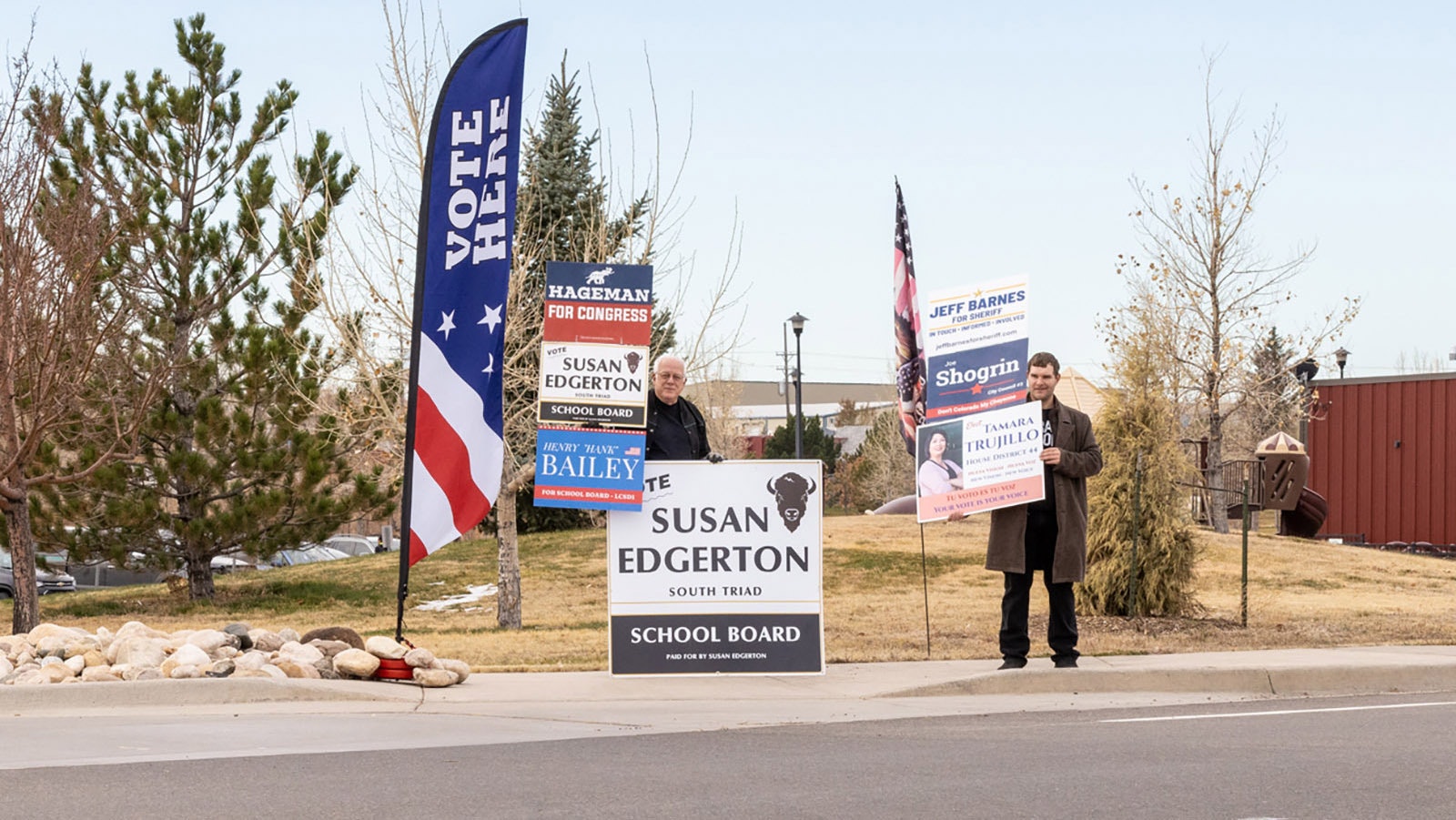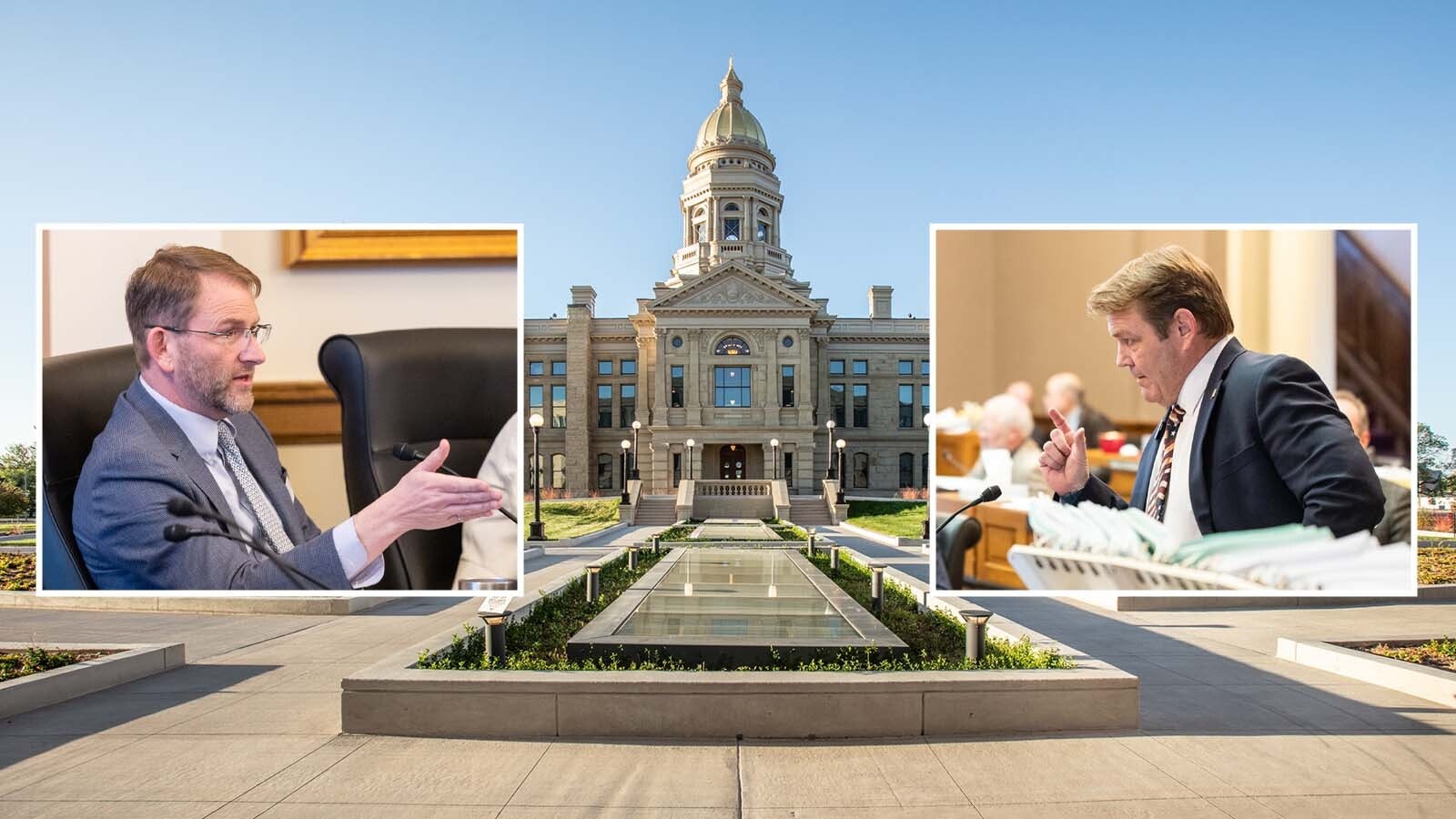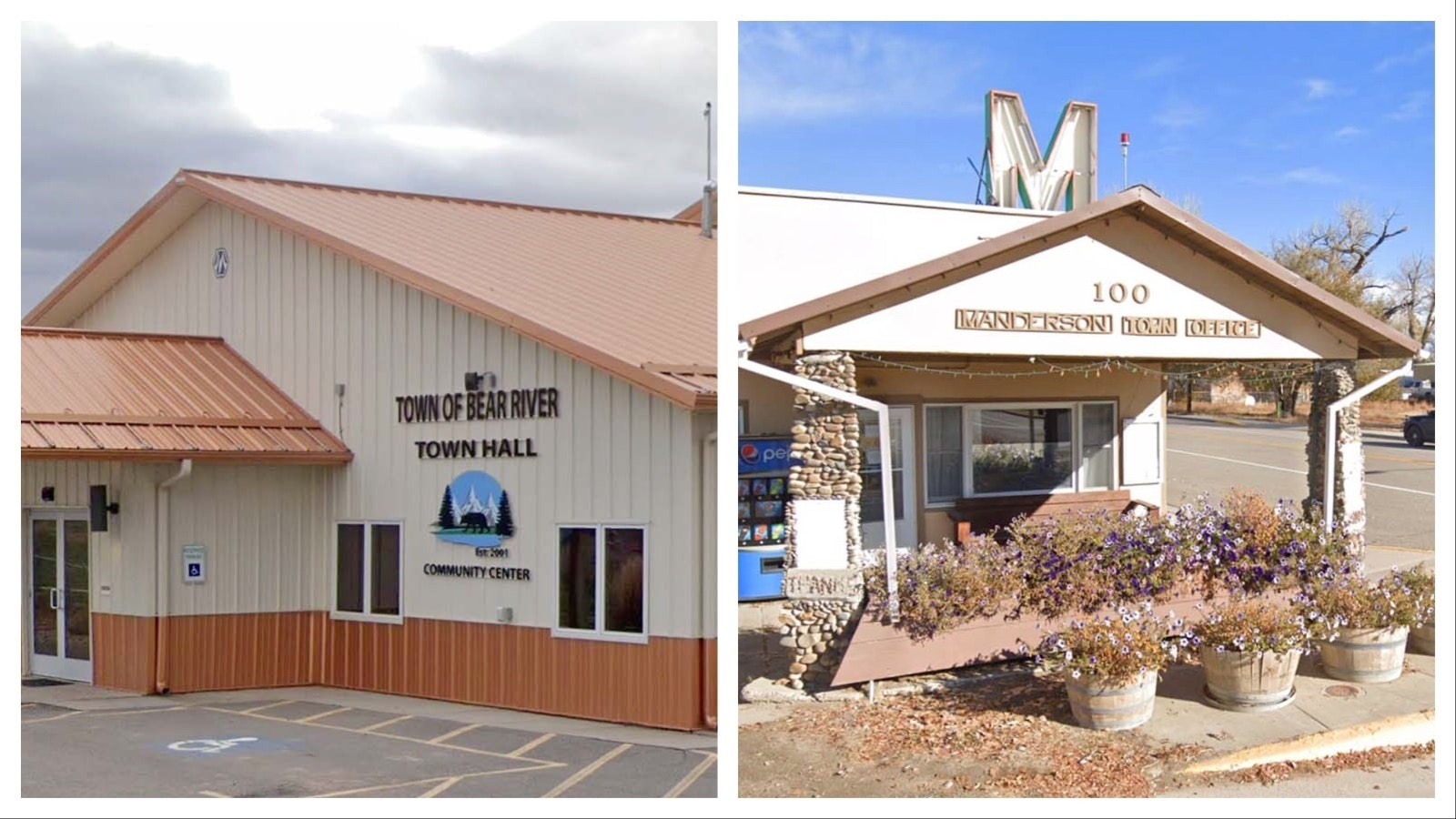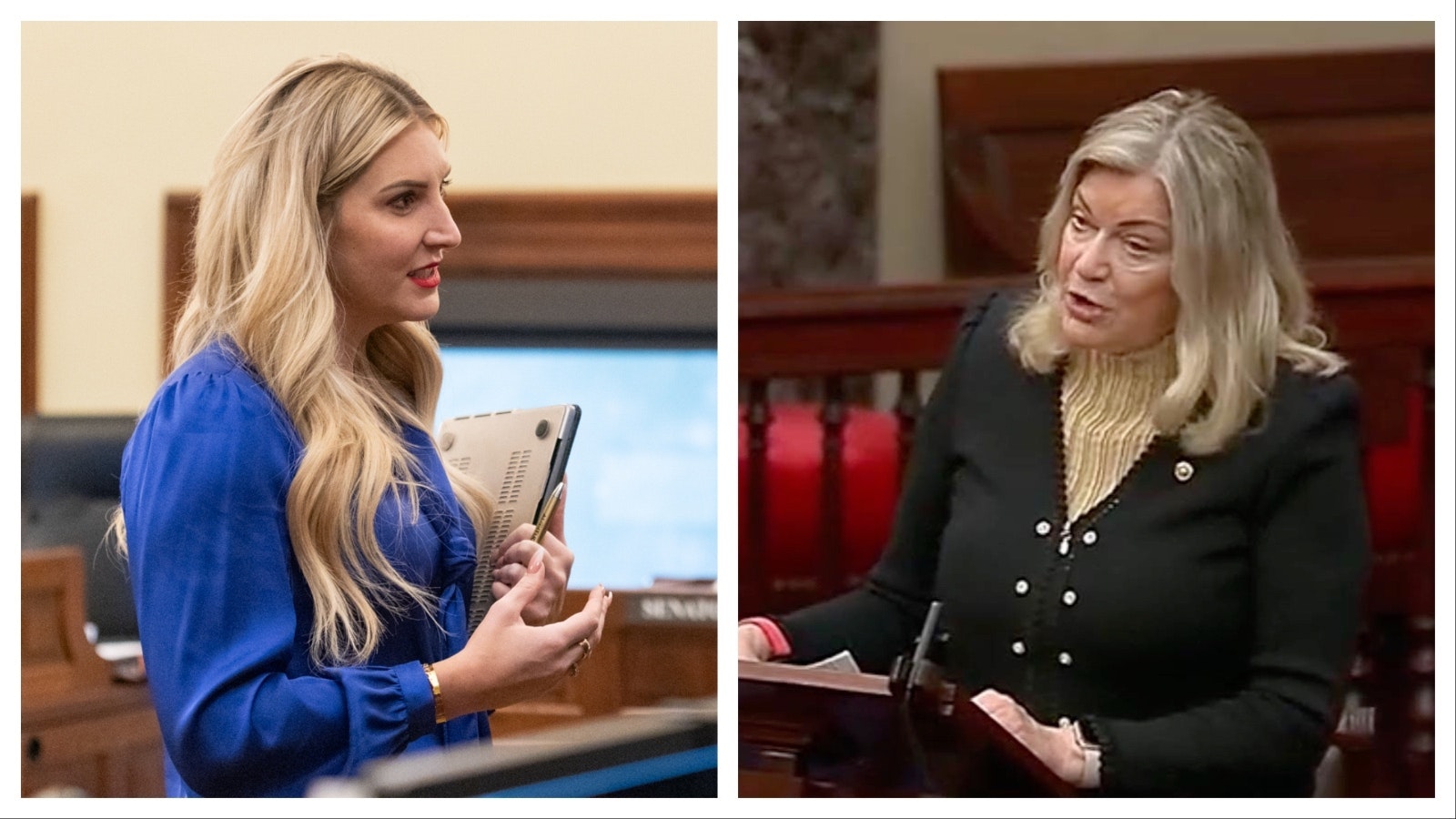The U.S. Supreme Court will consider whether to take up a Wyoming case that could impact where people can campaign around polling places throughout the United States.
The case, filed by Cheyenne resident John Frank, challenges Wyoming law restricting how far from a polling place someone can campaign, which he believes violates the First Amendment of the U.S. Constitution. Many states establish election laws, like the buffer zones, in response to concerns of voter intimidation and coercion when people go to cast their votes.
Frank argues that the Wyoming law prohibiting campaign electioneering within 300 feet of any public entrance to a polling place while voting is happening on the day of a primary, general or special election is unconstitutional. Frank, represented by Washington, D.C., attorney Stephen Klein, asks the Supreme Court to decide whether an appeals court erred by upholding Wyoming’s 300-foot buffer zone without requiring the state to meet any burden to support the law.
He also argues in his Supreme Court filing that the Wyoming no-electioneering buffer zones extend 200 feet farther than those upheld in the 1992 Supreme Court case Burson v. Freeman and create areas of censorship amounting to 282,743 square feet, nine times larger than the zone previously upheld by the court.
The state has until Friday if it wants to respond to the Supreme Court filing. The Supreme Court will then decide at some point in the future if it wants to take up the case. If it does, then it will then ask Wyoming for a response.
The lawsuit was originally filed in 2020 against Laramie County Clerk Debra Lee, then-Secretary of State Ed Buchanan and then-Laramie County District Attorney Leigh Anne Manlove. Replacing Buchanan and Manlove in the case now Secretary of State Chuck Gray and Laramie County District Attorney Sylvia Hackl respectively.
What Does The Law Say?
It is illegal in Wyoming to distribute electioneering materials, which can include petitions, campaign fliers, political signs and other political documents, within 300 feet of an active polling place on Election Day and within 100 feet during the 28-day absentee voting period.
In 2021, U.S. District Court Judge Nancy Freudenthal ruled that Wyoming’s electioneering restriction is unconstitutional. About six months after Freudenthal rendered her decision, state and county officials appealed to the 10th Circuit Court of Appeals in 2022.
In 2023, the 10th Circuit found the Cowboy State’s ban on electioneering within 100 yards, or 300 feet, of a polling place on Election Day doesn't violate the First Amendment. Three judges from the court ruled that because electioneering restrictions relate to the First Amendment, free speech and the right to vote without intimidation, restrictions on political speech can face intense scrutiny in law.
The court did disagree with the lower court’s ruling that Wyoming’s 100-foot buffer around polling places on absentee balloting days is constitutional, handing a small win to the plaintiffs.
“I strongly disagree with how the 10th went against us, but it also resurrected us,” Klein told Cowboy State Daily.
Klein said the Supreme Court accepts fewer than 1% of the cases it receives. If the court decides to take up the case, he expects it would do so this fall, and then rule on it in 2025.
“I think it’s really important, but I just don’t know what will happen,” Klein said.
Frank and Klein argue the case holds important First Amendment questions for the types of activities people can engage in and around elections, and whether states can make buffer zones as large as they want. In Colorado, buffer zones also exist around ballot drop boxes.
The 10th Circuit of Appeals said U.S. Supreme Court precedent does not require the state to prove why 300 feet is an adequate distance.
Bumper Stickers And Absentee Voting Counts Too
Frank also asks the Supreme Court to rule whether the 10th Circuit erred in upholding Wyoming’s prohibition of certain candidate bumper stickers being displayed within 300 feet of a polling place on Election Day.
Current law also prohibits electioneering within 100 feet of an absentee polling place, most often a county courthouse, while the absentee voting period is taking place for primary and general elections, a total of 56 days a year. The appeals court also agreed with Frank on this matter and remanded it back to the district court to reconsider.
Leo Wolfson can be reached at leo@cowboystatedaily.com.





